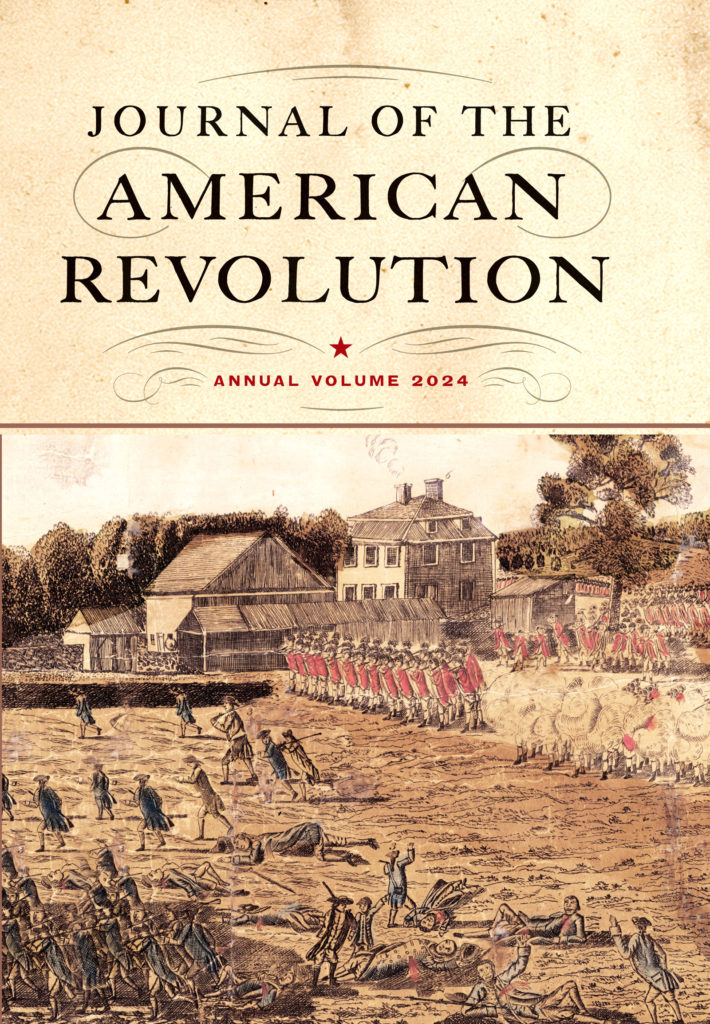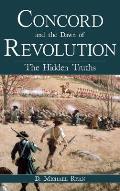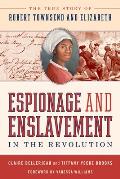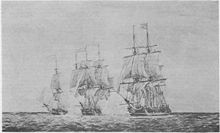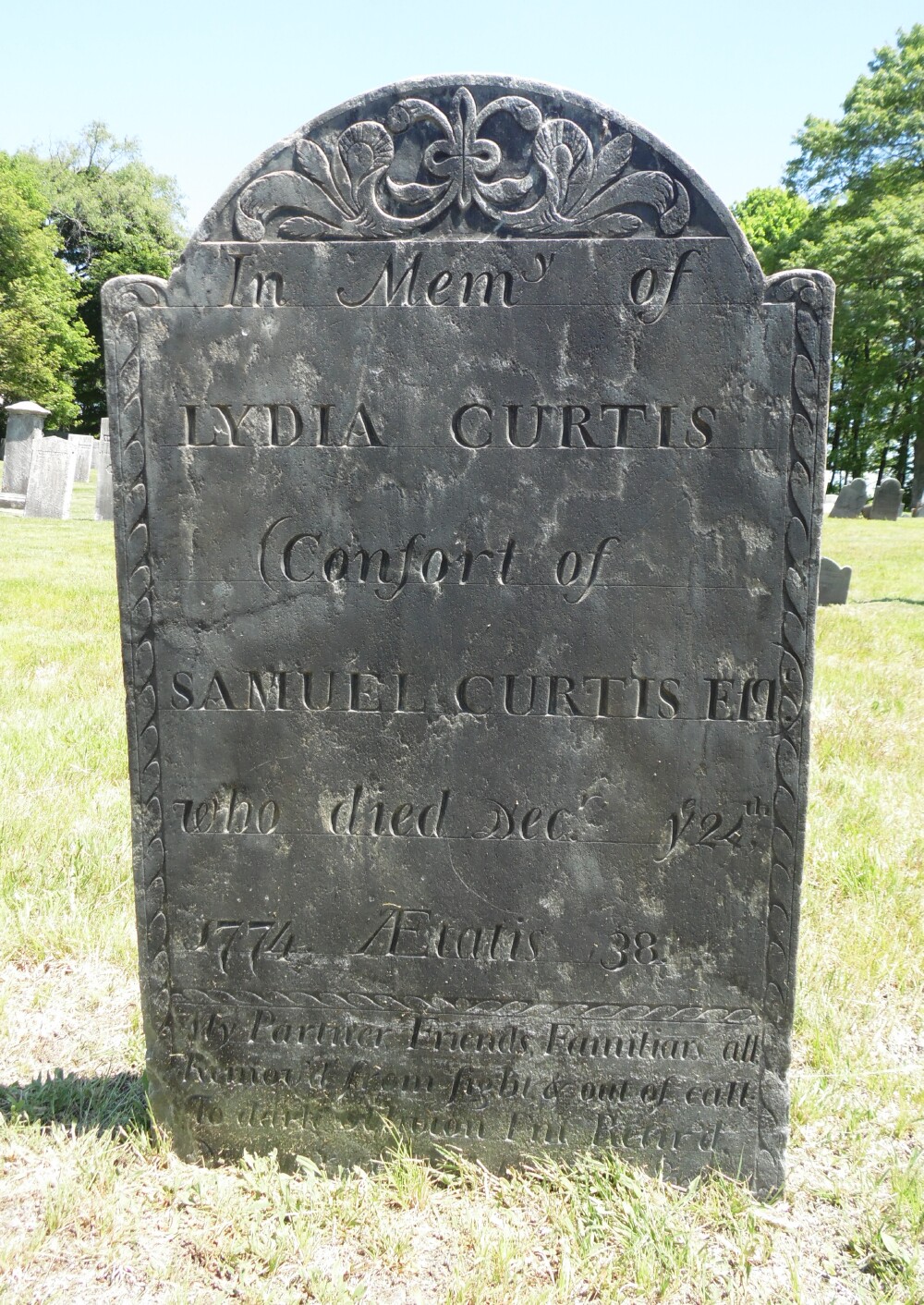Yesterday I discussed the early career of
Joseph Doble, who followed his father in becoming a
ship’s captain sailing out of Boston. Today I’ll skip over
Owen Richards’s lawsuit and discuss Doble’s record in the Revolutionary War.
I’ll also switch from “Doble,” the spelling that the family used before the war, to Joseph’s preference of “Dobel.”
At least one of the Dobel brothers moved out to
Braintree before the war. A man named Joseph Dobel enlisted in the Massachusetts army from that town in May 1775 and served most of the year as a private. It’s possible that was the sea captain, having moved out of Boston because of the
Port Bill and the
siege. But I suspect it was a younger relative.
The earliest I can definitely pick up Capt. Dobel’s trail is on 16 June 1776 when the
Continental Congress commissioned him as second lieutenant on the warship
Hancock, commanded by Capt.
John Manley (shown here). During the siege, Manley had commanded one of the schooners that Gen.
George Washington commissioned. He had streaks of cunning and good luck that let him capture several British ships and become America’s first naval hero. In April the Congress made Manley a captain in the
Continental Navy.
Continental Navy officers spent as much time squabbling with each other as engaging the enemy. When the Congress issued a list of its captains ranked by seniority in October, Manley (number two) complained about being “under the Command of one man, whose Ability I had reason to doubt.” Meanwhile,
Hector MacNeill (number three) called Manley “totally unequal to the Command with which he has been intrusted, he being ignorant, Obstinate, Overbearing and Tyranical beyond discription.”
By the spring of 1777 Dobel had risen to be first lieutenant on the
Hancock, then docked in Boston. Also, in fine Continental fashion, he and Manley hated each other. Dobel laid out his side of the rift in a 2 July letter to another of Manley’s rivals,
John Paul Jones:
…the 22d of april which day Capt Manley told me he had no further service for me without giving me any reason or making any enquirey into my conduct
all the reason I Can Assign is on that day he sent for to his house as soon as I enter’d the room he said to me God Damn you I order you on board the ship in half hour
the ship laying in congress road I told him I could not possibly get on board in the time
he replied that was all the time I should have
I told him I Could not go on board unless my Acct was settled as we was so near sailing and that I would be oblig’d to him to do it
he then replied God Damn you I will not pay you one farthing he then repeated the above order for my going on board
I then told him I did not understand the meaning of the words god damn you I order you on board
this answer and asking for a Settlement is all the reason of his behaveour to me that ever I knew of or ever heard, I then ask’d him if he would please to tell me where the ships Tender lay
he replied with an Oath that if I wanted her I Might go look for her, which I did and found her in order to go on board,
Capt Manley was along side of her[.] after walking on the Wharfe half an hour he said Mr Dobel, I have no further Orders for you on board the ship
I ask’d him if I was Clear of the ship
he replied no without you’ll give me your commission for which he said he would pay my wages and if not he would Try me by a Court Martial and that he would either disgrace me or I should him and still further he says he has taken Several Methods to Affront me and make me leave the ship but that he could not do it till now.
In a postscript Dobel added, “I Could Insert a great many more Abuses that I have met with but must Omitt them they being so Lengthy.” Which suggests that he and Capt. Manley had been feuding for a while and he couldn’t really have been surprised at his commander’s anger.
True to his promise, two days later Capt. Manley assembled “a Court Martial on my first Lieut for his continual neglect of Duty & possative Disobedience of Orders.” In fact, Manley was so determined to exert his authority over Dobel that he asked even Capt. MacNeill to serve on this board. I don’t know how that process worked out, but Dobel wasn’t on the
Hancock when it sailed out of Boston harbor in June.
Instead, the Massachusetts board of war stepped in and gave Dobel a new assignment on 10 July:
You are hereby appointed to the command of the Guard Ship Adams now in this Harbour, by us provided agreeably to an Act of this State for the reception of all Persons convicted of being inimical to this & the other united States, & whose Residence in this State may be dangerous to the Public Peace & Safety; . . .
You are to receive Six Pounds per Month as Wages, & three Rations pr Day Subsistence…
Dobel thus got the rank of captain and his own ship to command—except the ship wasn’t supposed to leave the harbor. And his crew consisted only of a mate and four sailors. (If it was any consolation, that same July three
British warships captured the
Hancock, and Capt. Manley spent several months as a
prisoner.)
In November, the board of war decided that the
Adams would be better used as a trading ship, and better commanded by Capt. Isaac Phillips. It ordered Dobel to take his prisoners off. On 1 Jan 1778 he placed an advertisement in the
Independent Chronicle:
FIFTY DOLLARS Reward.
RAN away from the House of the Subscriber, last Thursday, one CHARLES WHITWORTH, a noted Villain, who has for some Time, been confined for being an Enemy to the Thirteen United States of AMERICA; he is about five Feet 8 Inches high, light Complexion, long black Hair; had on when he ran away, a light coloured Coat and Jacket, black Breeches, a Pair light broad rib’d Stockings, and a light French Wrapper.
Whoever will take up said Run-away, and secure him in any of the Continental Goals, shall have the above Reward, and all necessary Charges paid by
JOSEPH DOBEL.
N.B. It is supposed he is gone towards Newport.
(Whitworth and his family settled in Shelburne,
Nova Scotia, in 1782.)
Dobel kept his title of “Captain,” but his military service drained away on land. He witnessed the signing of papers for a Massachusetts
privateer in 1777 but never commanded or owned one himself. Dobel appears as an inhabitant and property owner in the 1780 tax records of Boston. (Awkwardly, one of the properties he’d inherited from his father abutted the Boston home of John Manley.)
TOMORROW: Capt. Dobel in postwar Boston.





